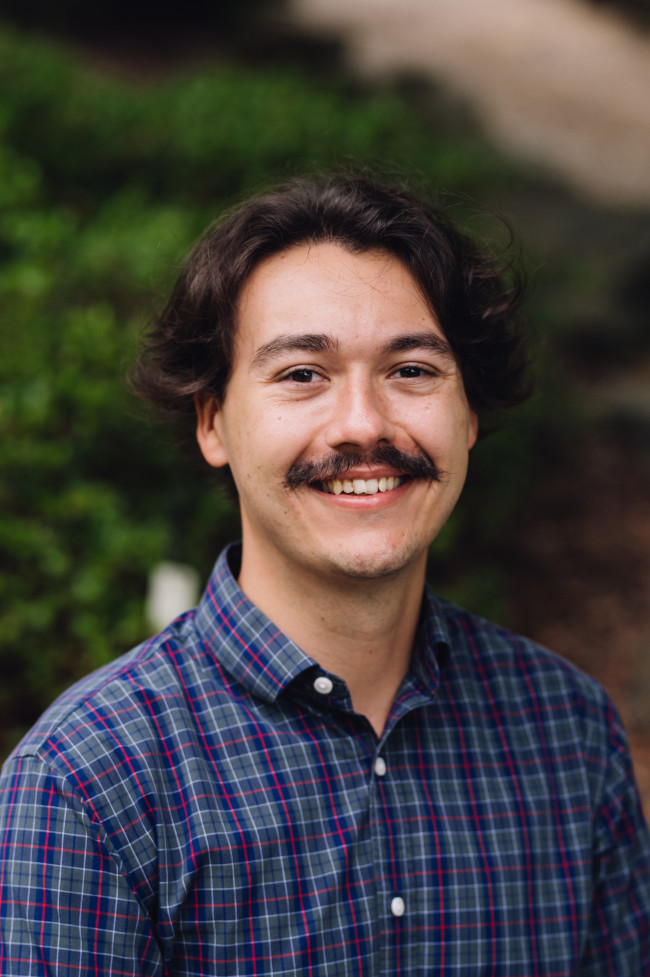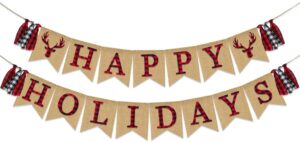
“What Does It All Mean?”
By Clay Hightower, LICSW
As I discussed last week in my post, many holiday symbols and traditions have shared meanings but may feel more personal based on my choices or the way my loved ones engaged in these traditions. The easiest example of these kinds of traditions are things like beginning to play Christmas music, lighting a tree, or placing decorations around one’s home. I have both been a part of, and witnessed, some high energy conversations around these traditions. Although the teasing or arguing is usually done in a joking manner, people have strong beliefs about when and how they participate in these traditions, and sometimes even how others should. I have always firmly believed that Christmas music and decorations are saved until at least the day after Thanksgiving, but usually December 1st. However, I have been to enough stores and shopping malls during the holiday season to know that not everyone shares my belief.
For many, these traditions help signify the beginning of that holiday season and helps set the intention for many other holiday symbols and traditions: decorating gingerbread houses, watching old animated movies, and drinking eggnog. Individually, any one of those activities is still enjoyable, but without the traditions and intention to help connect the pieces, it does not always conjure the connection to the larger meaning. When the setting is right, the twinkling of the lights and ornaments on the tree fill an otherwise dark room with wonder and pull me into that. My mind becomes less preoccupied with the regular noise, I suspend my sense of disbelief, and for a moment, I feel like a kid on Christmas morning again.
Sometimes that feeling does not come naturally, and it can be for many reasons. Surprise obligations and stressors can pop up and demand attention more strongly than these traditions. Life circumstances might be different than it has been during holiday seasons past, limiting my opportunities to do what usually helps me feel connected. More commonly celebrated symbols and traditions may not resonate with me personally as a result of differing cultures or experiences with these holidays. Regardless of the reasoning, I can be left with the feeling that I have not been invited to play in any of the reindeer games. When I have experienced this in the past, I have usually felt stuck too. It can feel hokey to try and “make myself” engage in an activity when it does not hold meaning for me or when my mood affects my ability to connect to that larger experience. When I get stuck like that, I do not want to be reminded of what I am missing and try to move away from that uncomfortable experience. It can become a difficult cycle to escape. What do I do then?
The first, and most important, step for me in this process is to allow myself to have my experience. I begin to pay attention to feelings of loneliness, resentment, and guilt. I notice the stories and explanations I tell myself about why I am not in the mood. Rather than avoiding or over-indulging in the experience, I can practice mindfulness and simply allow what comes. In my experience, when I am able to do so, that experience tends to be short lived. Then, I have more choice. I can better understand those feelings and what might be helpful to me. I may even find out that what connects me to the greater meanings of the holidays are not any of those classic traditions.
For me, Christmas music is not the typical playlist of all the greatest hits. In fact, my Christmas playlist usually does not have any actual Christmas music on it. My playlist is full of old jazz music. It transports me back to my first apartment in college and winters of getting to decide my own decorations and plans, studying for finals, and many bundled trips to the coffee shop where I worked and studied. None of those memories take place in spaces of celebration that many would first think of or with close family, but they still connect me to those larger themes. I remember that it did not matter in the moment whether I was a barista, a classmate, or a friend, it only mattered that I was with people who cared about me and wanted to spend time with me. When I am present and accept that my experience may not be the norm, I am reminded that I still have a great deal to feel joyful about.
If you are finding these posts helpful and would like to join us for ritual and togetherness, I would strongly encourage you to the 7th Annual New Year Cleanse on New Year’s Day from 9 to 11:30. Check our recent posts for more information about the Cleanse!

